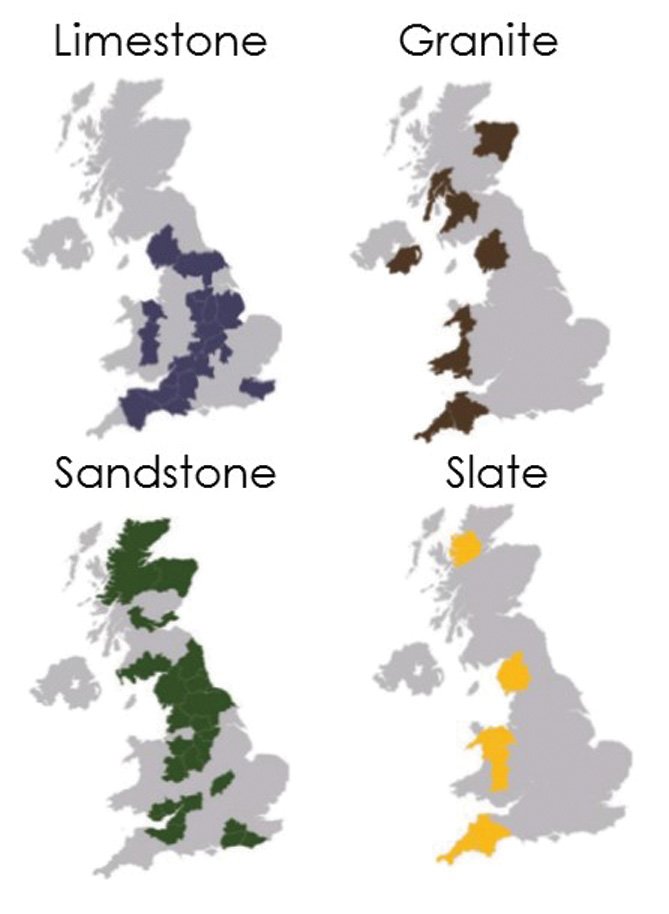Stone Federation Great Britain’s Quarry Forum gives its opinion on issues relating to the stone industry from the point of view of companies that extract dimensional stone from opencast and underground quarries and mines.
British Stone for Cladding.
Last month we looked at the use of British stone across the wide range of applications it finds itself in and on. British stone used for external cladding is where we shall now continue.
There is a fantastic tradition here in Great Britain of architects utilising stone local to the project for the project.
This may be a novel concept to some, but you need only wander through the streets of London between the Portland limestone-clad buildings, or take a look at the prominence of Clipsham on buildings across Oxford to see evidence of this approach.
Moreover, the fact that these facades are still where they are is testament to the durability of these British stone cladding projects.
Perhaps the most encouraging thing is that this tradition is not lost in the archives of architectural history. It’s still happening today. In fact, since the credit crunch 2007-08 it is the tendency to use local stones has been increasing in many areas – a trend reflected in the Natural Stone Awards that will be presented in London early next month (December).
The Natural Stone Awards are open to anyone involved in a natural stone project, and therefore provide a good gauge of both the state of the industry, and industry trends.
In the 2014 Natural Stone Awards, 100% of the winning, highly commended and commended projects in the New Build Modern Style Stone Cladding category involved British stone from a Stone Federation Quarry Forum member.
Cladding, just as much as landscaping, can help set the tone of an area, adding aesthetic value to town centres, office buildings, homes and schools.
The array of textures and colours available from British stones allows the architect a wide range of options when it comes to external facades of a building.
The choice that British stone gives to cladding projects is one of the things that the Natural Stone Awards showcases, with indigenous stone cladding found on office blocks, commercial projects, schools, colleges and museums.
The category winner from the 2014 Natural Stone Awards was the Waterford Medieval Museum in Ireland. The project objective was to design a building that would strengthen the historic characteristics of the site while, at the same time, creating something that both complements yet contrasts with the existing architecture.
The judges were impressed by the impact the project had on the townscape and the choice of materials – namely, Bath Stone.
Stone Federation has produced a guide to BS 8298, the British Standard that relates to the design and installation of natural stone cladding and lining. This Guide is available free of charge to architects, designers, Stone Federation Members and clients. It is a useful reference point for using natural stone in cladding projects of all description.
If you’re undertaking a natural stone cladding project and want to explore the options that British stone can provide, take a look at our stone sourcing tool on the Stone federation website: bit.ly/BritStone.

